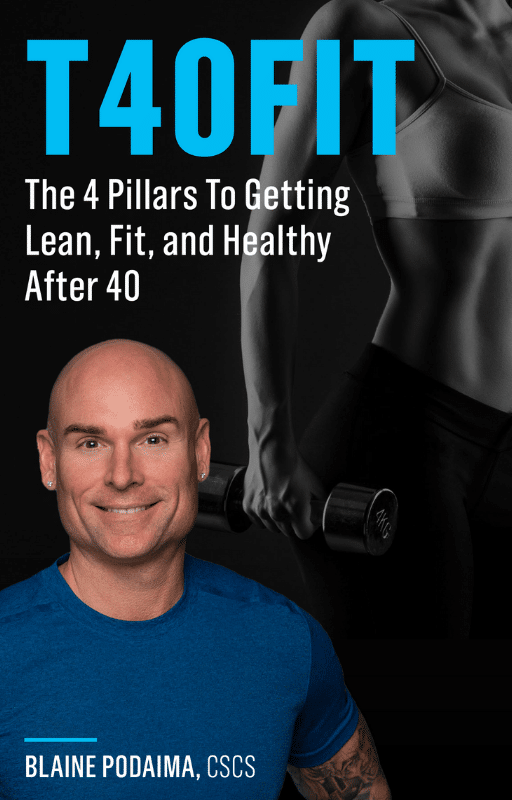Leg Extensions: Good or Bad?
If you’ve spent any decent amount of time in the fitness industry, you’ve probably heard both amazing and terrible things about the leg extension exercise. Bodybuilders love them for quad building. Strength coaches say they will cause your knees to explode and cripple you. There’s probably some truth to both, and obviously it depends on your body, and your goals. However, it’s still important to discuss, so let’s look at first the safety of them, and then how effective they are.
Safety First
In one study performed on the leg press, Steinkamp et al (1993) looked at joint stress, knee movement, and force placed on the knee joint through four different points of knee flexion on both the extension and leg press. According to the study, all three variables were greater on the leg extension in the first 30 degrees of flexion – which means, from 0 to 30 degrees, there was a much more pressure and stress placed on the joint compared to the leg press. However, just try the leg press once and you’ll see that’s not all that matters – it puts a whole lot of pressure on the lower back.
In terms of alternatives, one study looked at squats as a better exercises. According to Escamilla et al. (1998), squats generated twice as much as hamstring as activity as the leg press and extensions, which makes sense, especially for the leg extensions. This is important, as too much quad strength and not enough hamstring strength can lead to knee issues and injuries over time.
To dive more into anatomy, researches also found that leg extensions activated the rectus femoris, a small quad muscle, while squats increased recruitment of the larger quad muscles, mainly the vasti muscles. In terms of safety, you want all muscles firing at once. In the leg extension, the smaller muscles fired first, followed by the larger ones, whereas in the squat, everything fired at once. This is what we want. That smaller muscle that gets activated first? A very common cause of knee and hip pain and weight lifters. Not a muscle we want to over stimulate.
Let’s look at another study. In 1999, Chow looked at the various forces on tendons and ligaments during the leg extension, at various speeds of movement. First, the ACL was loaded through the entire movement, which is mean to be a stabilizer, not work under constant tension. He also found that stress on the knee and it’s tendons was greatest at constant, less than maximum speed – the tempo many use the leg extension for when chasing that pump. The common recommendations for leg extension use in bodybuilding? Probably the most stressful thing you can do for your knees.
The last safety study to be mentioned is one by Powers et al (2003), which found that patellar displacement was greater during the extensions, compared to squats. In other words, leg extensions caused the kneecap to get pulled out of line – which, just like it sounds, is not at all good for the body.
Effectiveness
Now let’s briefly look at the effectiveness of the exercise. Clearly this depends on your goal, whether it be pure hypertrophy, a healthy functioning knee, or both. Just like before, we have research to help us.
In 1996, Stiene et al. looked at squat variations vs leg extensions, and their effects on functional capacity and peak torque in 23 patients with knee pain. The actual exercises used to test strength were step-ups and a machine leg extension, and maximum torque, a measure of strength, was measured in both tests.
Researchers concluded that while both groups improved their strength on the leg extension, only the group that had trained with squat variations improved their strength in the step-ups. This is mainly because like the squats, it is a closed chain kinetic exercises, whereas open chain exercises only transfer to other open chain exercises. This is probably because with extensions, only the quads are working, so the body can’t learn to use the quads, hamstrings, and glutes together.
Closed chain kinetic exercises (squats) work the quads just as well as open chain exercises (leg extensions); however, they also work the hamstrings, glutes, core muscles, balance, coordination, and much more. So, you can see why they might be more beneficial.
Let’s summarize what we’ve just discussed. Leg extensions offer a whole host of risks, including greater pressure on the knee and the tendons around it, reduced hamstring activity, small muscles fire first, constant tension the ACL, no other muscles are working, and ultimately you train sitting down, which is not when the legs work. There really aren’t any benefits. Squats on the other hand work many, many more muscles, actually carryover to other real-world exercises like the step-up, improve balance, coordination, and are much safer for most.
Ultimately it’s up to you, but it would seem like squats are the clear winner here. These are the reasons that I have not given leg extensions to clients for years. There are much better safer and bang for your buck exercises than leg extensions. Stay off the leg extensions, and get squatting.
Related Articles (Click To View):
- Weight Loss Is Not Linear
- How Not To Get That Skinny Fat Look
- The 2 Most Critical Times In Your Weight Loss Journey
- The One Thing You Must Do To Successfully Lose Weight
- A Sure Way To Fail At Weight Loss
- Why Following A Moderate Diet Deficit Sucks
- How To Drink Alcohol And Still Lose Weight


